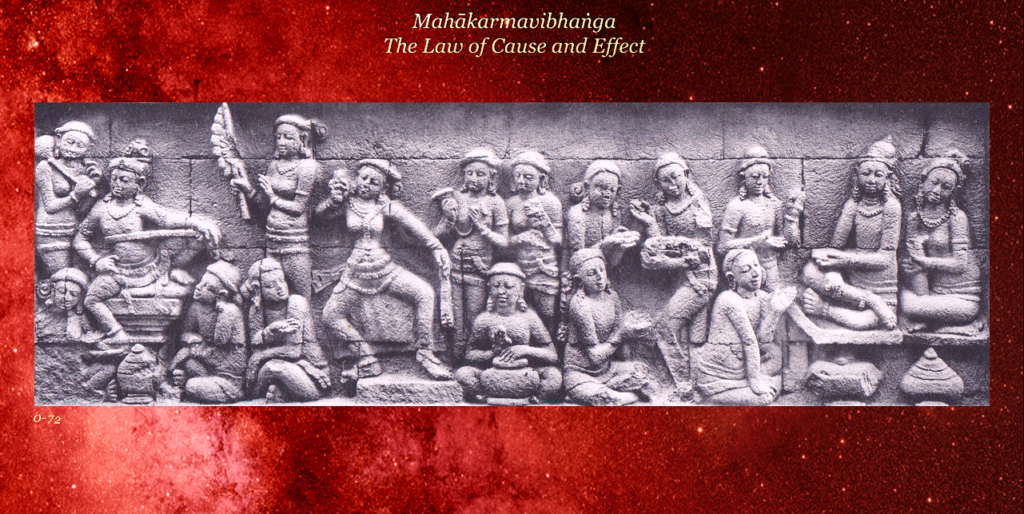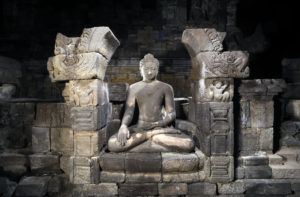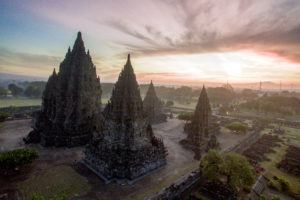Dance Performances in Borobudur Relief

Relief Borobudur is not only an artistic masterpiece made by temple carvers. This relief is also a portrait of Javanese life in the past. One portrait of life sculpted in this relief is the culture of dance performances. Dance performed by a girl or a dance of war is the type of dance performances sculpted in the reliefs that exist in Borobudur. Such images are not only through the reliefs but also in the inscriptions that tell about the life of dance performances that existed in Borobudur in the past.
Performing art is one of the aspects of life that developed during the Borobudur. Professional dancers generally perform in the market or move from one village to another. Street performances are better known as rara mabramana tintonton which in ancient Javanese means “the girl who walks around the village to be watched”. Today, such street dancers are better known as tledek or tayub.
Another dance that is also carved on the reliefs of Borobudur Temple is a war dance. This dance is usually performed by a pair of dancers or a single female dancer. In the dance relief, often can be seen a bearded old man who is in the background of the relief that applauded to keep the dancer’s dance rhythm.

Generally, dance performances during the Borobudur period are divided into two types based on their function. The first is a domestic show, and the second is a ritual performance. The domestic performances themselves are also divided into two different types of performances based on the audience, nobles or villagers. As a result, dancers are also divided into two social classes, upper-class dancers, and lower-class dancers. Noble artists are usually employed by royal palaces, whereas ordinary artists perform their performances for the lower classes.
The description of this situation is obtained through writing on inscriptions that mentioned “agensi i haji” and “agensi agarang”. The first is the dancers owned by the king, while the second is the ordinary dancers. In the current Javanese language, the second group of dancers is better known as the “ambarang” artist or “barangan”. They are artists performing in the market or in the village from one house to another. The nineteenth century can still be witnessed in the Karmavibhanga relief on the Borobudur Temple.
#worldheritage #temple #buddhist #buddhisttemple
#dancewar #dance #borobudur #indonesia #tourism


